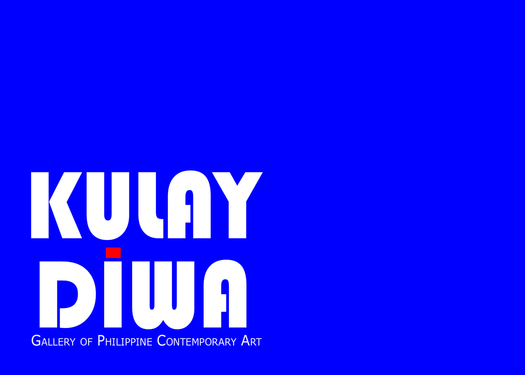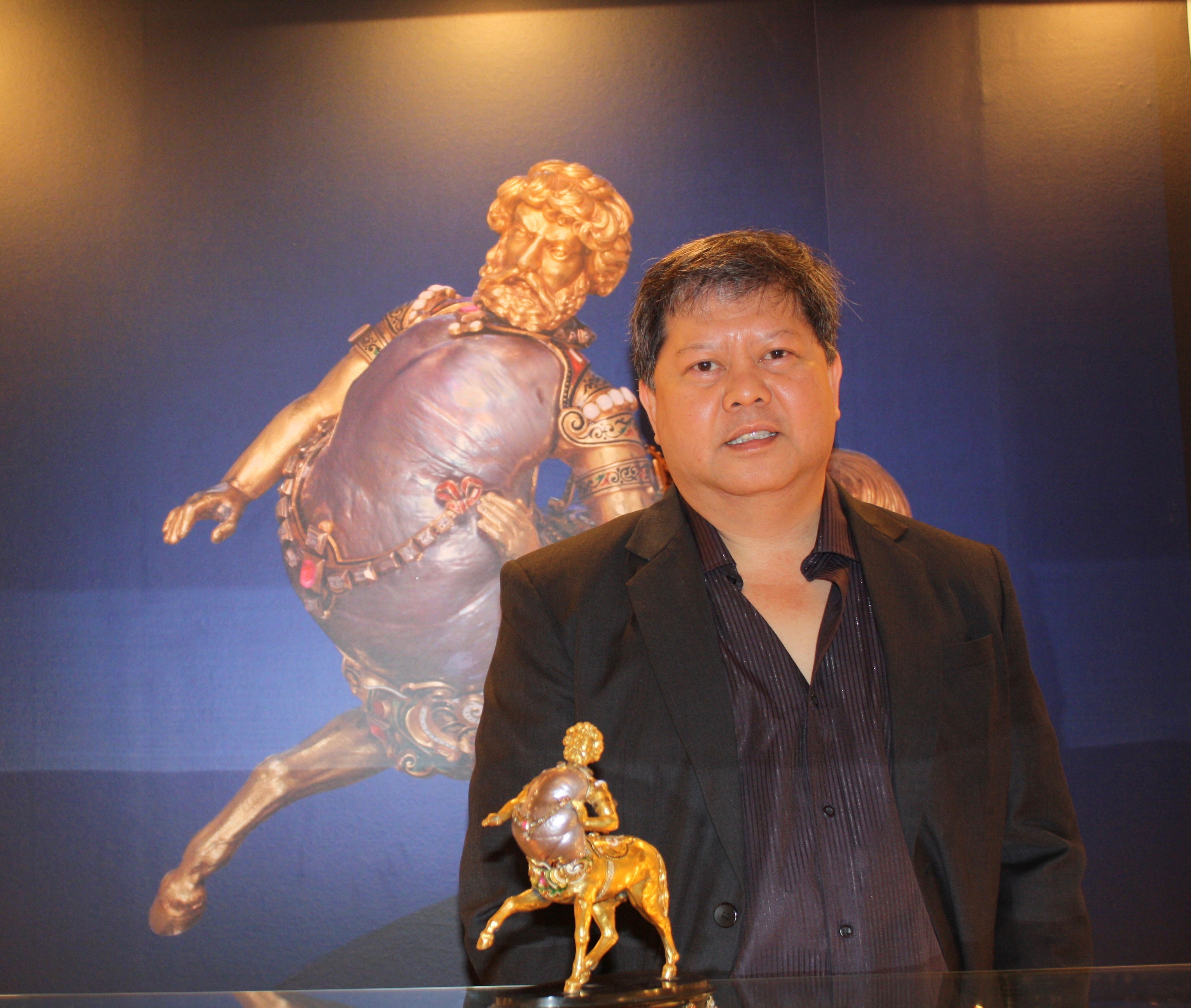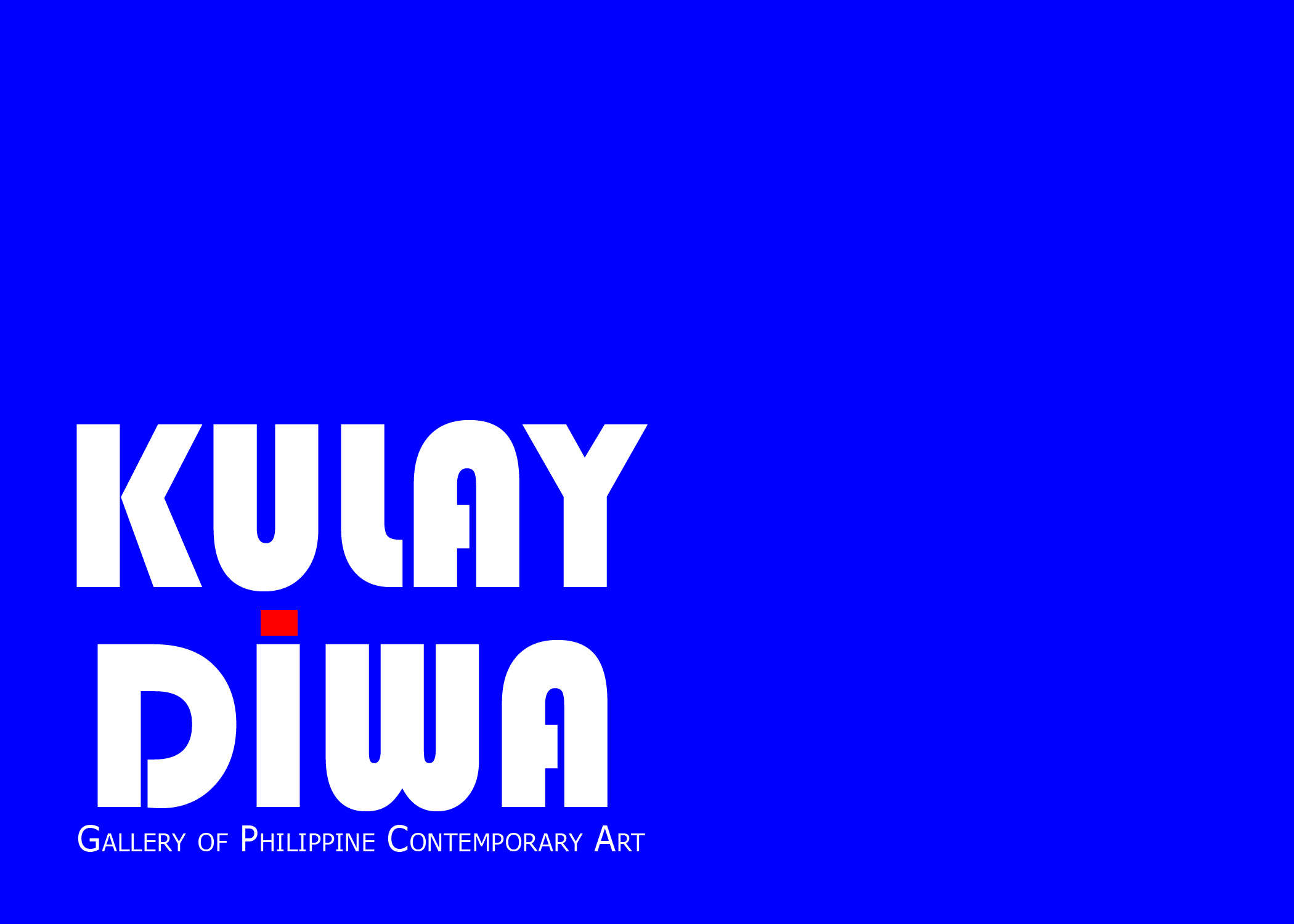Team

TEAM KULAY DIWA
Meet Our Team

Roberto San Agustin Nolasco
Founder/Managing Director
A TRIBUTE TO TWO GREAT CURATORS OF PHILIPPINE CONTEMPORARY ART
BOBI
CHABET

Bobi Valenzuela

Roberto Chabet
Chabet studied architecture at the University of Santo Tomas where he graduated in 1961. He had his first solo exhibition at the Luz Gallery in the same year. He was the founding museum director of the Cultural Center of the Philippines and served there as a curator from 1967–1970. He initiated the first 13 Artists Awards, giving recognition to young artists whose works ‘show a recentness, a turning away from the past and familiar modes of art-making.
He led the 1970s conceptual art group called Shop 6 and taught for over 30 years at the UP College of Fine Arts, where he espoused an art practice that gave precedence to the idea over form. Since the 1970s, he has been organizing landmark exhibitions featuring works by young artists. During the inaugural years of Kulay Diwa, Chabet initiated several shows that would be pivotal to the careers of several artists
Chabet described his pieces as “creatures of memory” and himself as their “custodian.” His works are the result of a process of unraveling fixed notions about art and meaning. Highly allegorical, his drawings, collages, sculptures, and installations question modernity. His works are meditations on space, the transitory nature of commonplace objects, and the collisions that occur with their displacement.
Prolific and multifaceted, Chabet ventured into architecture, painting, printmaking, sculpture, stage designing, teaching, photography, and writing..
In 2011, Roberto Chabet, widely acknowledged as the father of Philippine conceptual art and arguably the most influential contemporary Filipino artist, curator, and teacher will celebrate fifty years of pioneering conceptual work and role in shaping contemporary Philippine art. To mark the occasion, Chabet: 50 Years, a year-long series of exhibitions, talks, and publications will be launched at various venues in Manila, Singapore, and Hong Kong throughout 2011 – 2012.
Envisioned as a series of exhibitions that will unfold at different places and times,
Chabet: 50 Years maps out the manifold aspects of Chabet’s work. The first and long-overdue survey of the artist’s work and career, it is a historic presentation that will bring together for the first time selected key works by the artist, from his early works on paper to his more recent signature installations using plywood, neon, metal sheets, and various found objects. It will provide a thorough overview of Chabet’s work and examine his undeniable influence on several generations of Filipino artists. To be shown alongside Chabet are works by other noted figures in Philippine modernism in the 1960s and 70s, and over 75 contemporary Filipino artists, who all studied under Chabet, and together represent a dynamic movement in Philippine conceptual art.
Roberto Chabet was born in 1937 in Manila, Philippines, and held his first solo exhibition at the Luz Gallery in 1961. A graduate of Architecture from the University of Sto. Tomas, Chabet is highly regarded for his experimental works, ranging from paintings, drawings, collages, sculptures, and installations made out of mostly ordinary and found material. Breaking away from the rigid formalisms of Modernism, Chabet insists on a more inclusive approach to art, a search for the sublime not just in abstract ideas but also in the immediacy of the quotidian and the commonplace. In his works, abstraction and the everyday collide, creating spaces for new meanings.
Chabet was the founding Museum Director of The Cultural Center of the Philippines (CCP) where he initiated the Thirteen Artist Award in 1970, an award that supports young artists whose works show “recentness and a turning away from the past”. It remains the most prestigious recognition to be given by a national institution to young Filipino visual artists. After his brief tenure at the CCP, Chabet led the seminal alternative artist group Shop 6 and taught for over thirty years at the University of the Philippines College of Fine Arts and at key artist-run spaces in Manila. Since the 70s, Chabet has been curating landmark exhibitions of vanguard works by young and emerging Filipino artists. He is the recipient of the JD Rockefeller III Fund Grant (1967- 1968), the Republic Cultural Heritage Award (1972), the Araw ng Maynila Award for the Visual Arts (1972), and the CCP Centennial Award of Honors for the Arts (1998).
In 2009, the Asia Art Archive in Hong Kong and the Lopez Memorial Museum in the Philippines co-launched The Chabet Archive, a milestone research, and digitization project covering fifty years of the artist’s work, that provides the inspiration for this momentous anniversary celebration.
Source: Wikipedia
Photo by MM Yu

